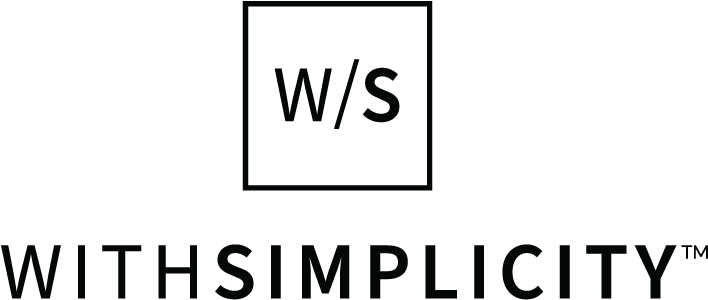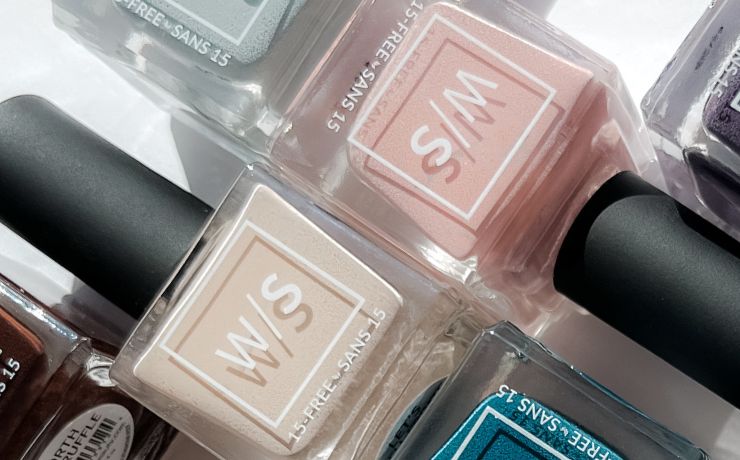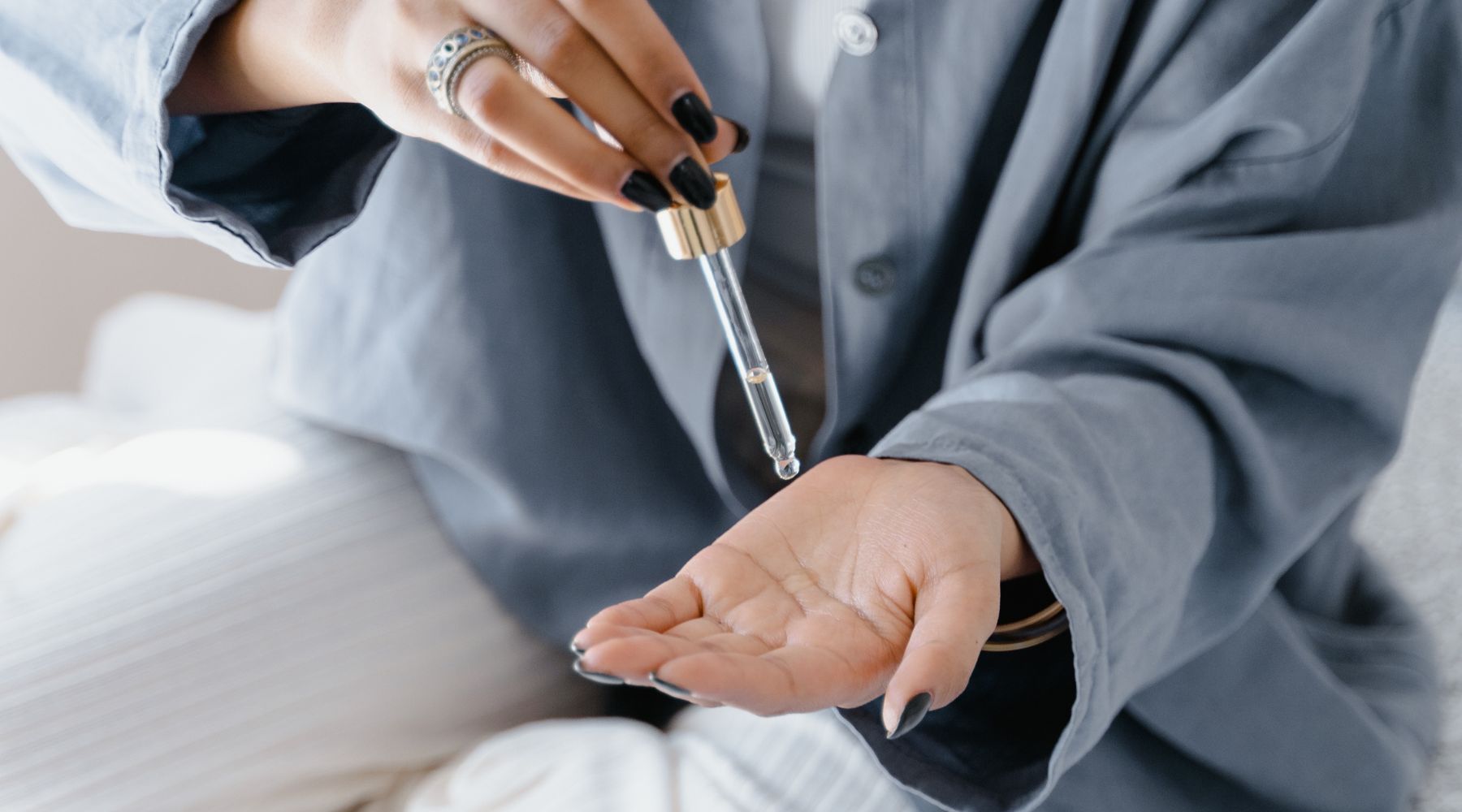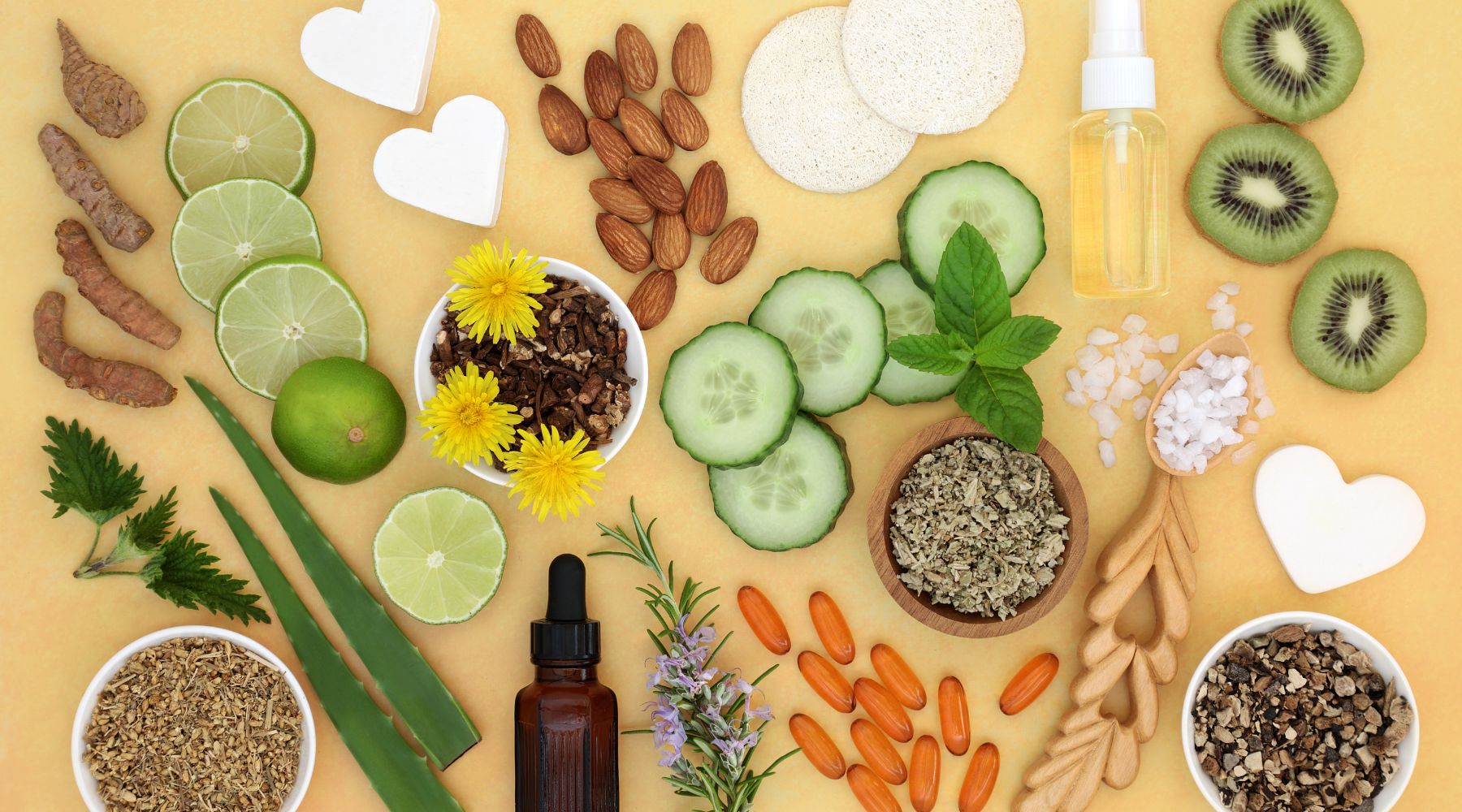January 24, 2024 | withSimplicity
ALL ABOUT GREENWASHING AND CLEANWASHING
IN THE BEAUTY INDUSTRY

In the vast world of makeup and skincare, finding the perfect products for your skin is just the beginning. However, there's a darker side to the beauty industry that often goes unnoticed – greenwashing. This deceptive practice misleads consumers into believing that a product is eco-friendly or natural when, in reality, it may be far from it.
Let’s talk about greenwashing, how to spot it, and how you can be even more empowered when shopping for pretty much any product in the shop these days.
What exactly is greenwashing?
Greenwashing refers to the practice of making misleading or deceptive claims about the environmental friendliness of a product, service, company, or practice. It involves portraying a false or exaggerated image of environmental responsibility to appeal to environmentally conscious consumers. The term "greenwashing" is a blend of "green," associated with environmentalism, and "whitewashing," which means covering up undesirable facts.
What does greenwashing look like?
Greenwashing can take various forms, and it often involves deceptive or misleading tactics to create a false impression of environmental responsibility. Typically, it’s most notable in the claims printed on product packaging and in the actual materials used in the packaging.
- Broad Terms without Backing: Companies use terms like "green," "eco-friendly," or "natural" without providing clear definitions or standards. These terms can be subjective and open to interpretation, allowing companies to capitalize on positive connotations without delivering on genuine environmental benefits.
- Misleading Labels and Certifications: Displaying certifications or labels that may seem environmentally friendly but lack rigorous standards or third-party verification. Some companies create their own certifications, contributing to the deceptive nature of greenwashing.
- Selective Emphasis: Highlighting a single environmentally friendly aspect of a product or company while downplaying or ignoring other less sustainable practices. This tactic can create a distorted view of overall environmental responsibility.
- Packaging Tricks: Emphasizing sustainable packaging practices, such as the use of recyclable materials, while neglecting broader environmental issues within the supply chain or manufacturing processes. Also, be weary of packaging that solely uses colors such as brown, green, and white. Make sure you really read the ingredients, claims, and do your research. Just because the packaging looks eco-friendly doesn’t mean the whole product is.
- Lack of Transparency: Companies that are genuinely committed to sustainability are transparent about their practices. Greenwashing often involves a lack of transparency, making it difficult for consumers to verify the validity of environmental claims.
What is cleanwashing in the beauty industry?
Cleanwashing might seem like some new term, but it has been used a lot more frequently in the recent years because of the growth of the clean beauty industry.
Following the same principles of Greenwashing, cleanwashing is the practice of misleading consumers into believing a product (specifically skincare, hair care, and makeup) is 100% natural, 100% safe, and truly clean. Any brand can say they are “clean”, “natural”, or “non-toxic” without having to provide substantial proof.
As clean beauty became more trendy, larger brands hopped into the game and started mass producing products that they claim are “clean” and making small tweaks to existing products to make them a bit less toxic than before…hence, their new “clean” formula. (An example of this would be a large brand removing “retinol” from their product and adding “Vitamin A” without showing proof of sourcing (did it come from a sustainable plant-based source?). “Vitamin A” is just a cleaner way of saying “Retinol”.)
Not being biased, but we truly believe that us small indie beauty brands are the ones who have the most knowledge about what a truly clean beauty product is because we are the ones who experienced adverse effects from big-box products, did our research, and sought out our own solutions through formulating and developing our own lines.
How can you spot cleanwashing in beauty products?
- Free-Of Statements: Many brands will list all of the ingredients that they’ve omitted from formulas to deter customers from reading the full ingredient list. “Free of Parabens” sounds amazing when you first read it, but did you notice that “fragrance” is still in the formula?
- Use of the Words Natural, Organic, Clean, etc. in Product names: Just because it says it’s natural, doesn’t mean it’s 100% natural. Many brands don’t realize that those words are actually regulated by the FDA. This is why we don’t call our products (for example) Organic Mascara because not every ingredient is organic in our formula (micas cannot be organic).
- FRAGRANCE. This one deserves to be in all-caps. A company can claim to be “clean” all they want, but if their formula contains fragrance, it’s a red flag for us. The term “fragrance” alone stands for a mixture of up to hundreds of chemicals that a company isn’t required to disclose due it being a trade secret. Fragrance is also a major endocrine disruptor. For a more in-depth explanation on the harmful effects of fragrance, check out our blog post about the negatives of fragrance in beauty products.
Our commitment to avoiding greenwashing and cleanwashing
At withSimplicity, our commitment to transparency extends beyond exposing greenwashing and cleanwashing; it's ingrained in our product philosophy. We proudly promote a range of products that not only enhance your natural beauty but also adhere to the highest standards of authenticity and quality so you can make the most informed choice.
Our values and commitment to sustainability practices are always available to you 24/7 on our website!





